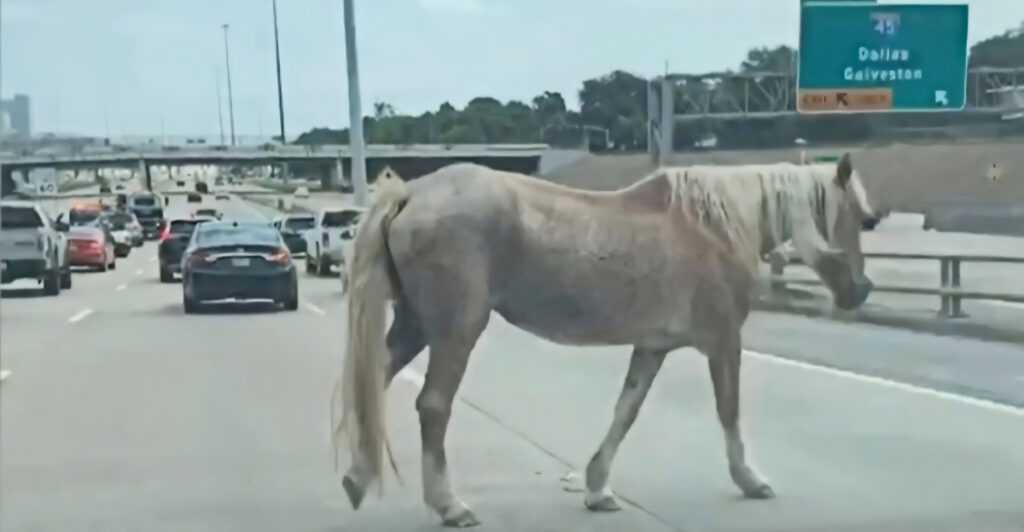
Massive horse breeds once thought to be fading into history are thundering back into the spotlight. These towering animals—some standing over 18 hands high—are being reintroduced on farms, in show rings, and at public events.
Praised for their strength, beauty, and calm demeanors, they’re drawing interest from breeders and enthusiasts alike. But as these gentle giants reclaim their legacy, experts are raising red flags. Their size demands more food, space, and medical care.
Worse yet, their resurgence is prompting concerns about injuries, overbreeding, and whether most owners are truly equipped to manage them responsibly. Are we prepared for the consequences of reviving these majestic yet high-maintenance animals? Let’s meet 12 impressive breeds making a powerful comeback—and examine the risks that come with them.
Clydesdales—Beauty, Bulk, and Big Demands
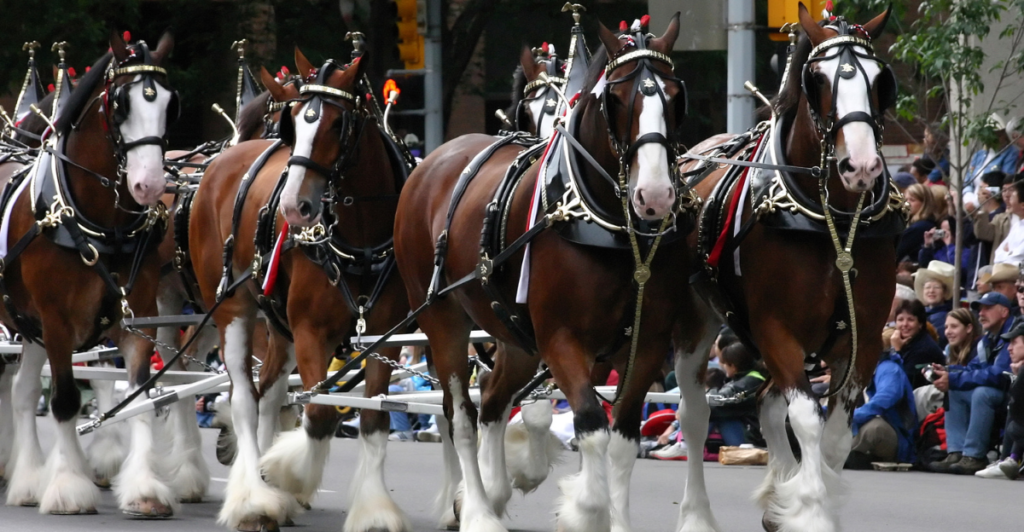
Clydesdales may be the most recognizable of the giant breeds, thanks to their feathery legs and ceremonial presence in parades and commercials. Originating in Scotland, they were once relied on for agriculture and hauling heavy loads.
Today, their striking looks and gentle personalities make them crowd favorites—but caring for them is no small task. Their large bodies require ample stall space, frequent grooming, and specialized farrier work. Though undeniably charming, their popularity has led to concerns about improper ownership and unsustainable breeding.
Experts warn that many new owners underestimate the financial and physical demands of keeping a horse this size healthy. Still, Clydesdales remain a symbol of draft horse splendor, reminding us why these animals have such an enduring place in our culture.
Percherons—Power Meets Elegance

With their muscular frames and graceful movement, Percherons strike a rare balance between brute strength and refined beauty. Originally from France, they were once staples in war and farm labor. Today, they’re making a comeback in competitive driving, weddings, and even forestry work.
Their black and gray coats give them a regal presence, and their trainability has made them a favorite among professionals. But owning a Percheron means committing to a strict feeding schedule, constant exercise, and vigilant hoof care. Their sheer weight—often exceeding 900 kg (2,000 lbs)—can strain joints if not properly managed.
Still, they remain one of the most adaptable draft breeds and a striking example of how utility and elegance can coexist in one extraordinary animal.
Shire Horses—Britain’s Towering Giants
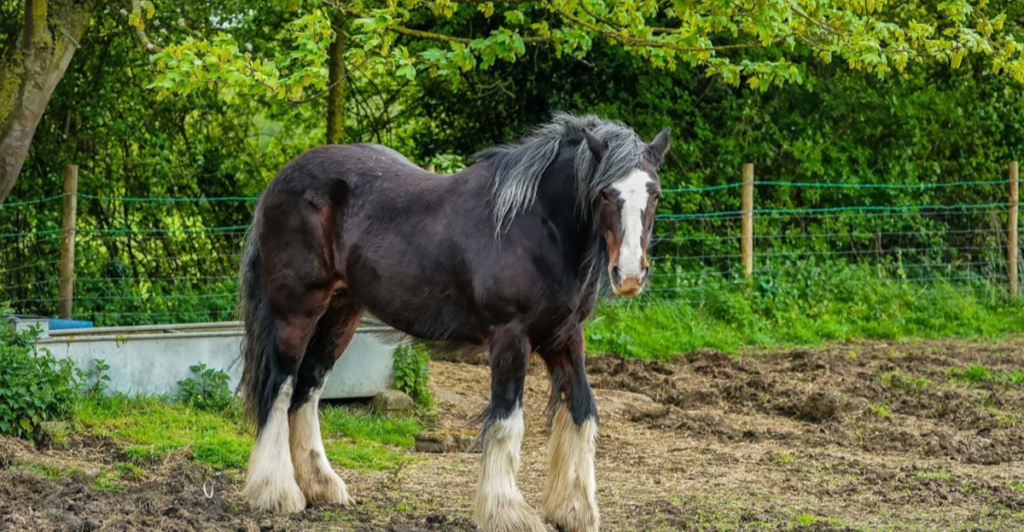
Towering over many other breeds, the Shire Horse once hauled carts, wagons, and even cannons across England. With some individuals reaching over 1,000 kg (2,200 lbs), they’re among the largest horses in the world. Their calm nature and historical significance have sparked renewed interest among breeders and history buffs alike.
But their impressive size comes at a cost. These horses need extra-large stalls, high-calorie diets, and frequent farrier visits to stay sound. Over time, industrialization pushed them aside—but today, they’re shining again in parades and agricultural shows.
Shires are majestic, no doubt, but without informed and experienced caretakers, their size can pose serious risks to handlers and even themselves. Reviving this breed requires not just passion but precise, knowledgeable stewardship.
Friesians—Glamorous but High-Maintenance
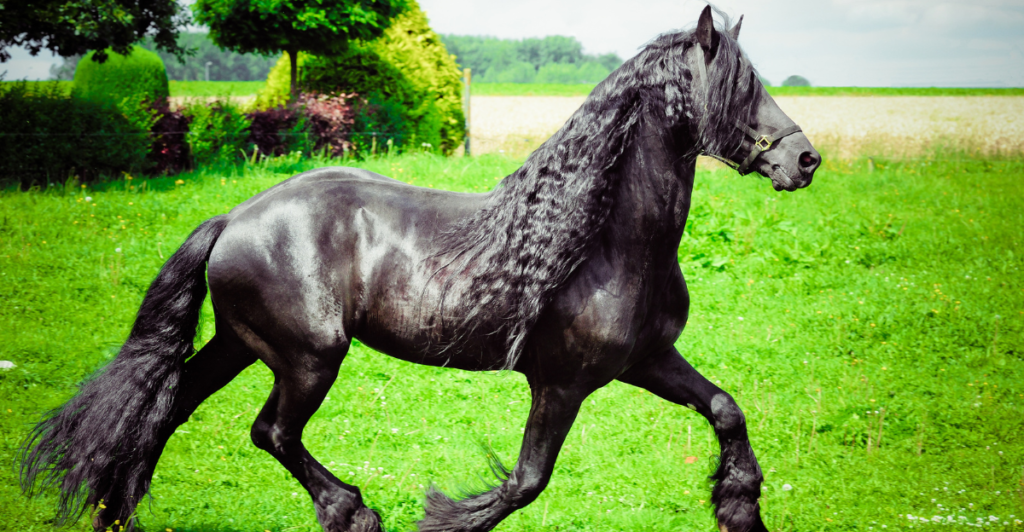
Friesians are showstoppers. With their flowing manes, arched necks, and striking black coats, they captivate audiences in dressage, film, and exhibitions. Originating in the Netherlands, these horses were once war mounts, later prized for pulling carriages.
Today, their dramatic appearance fuels their popularity—but they aren’t just pretty faces. Friesians require extensive grooming and disciplined training routines. Their athleticism makes them valuable in sport, but their genetics predispose them to certain health issues like dwarfism and hydrocephalus, which must be carefully managed.
These aren’t horses for the casual rider. Friesians thrive under experienced hands who can balance their need for physical upkeep with their sensitive nature. As they become more sought-after, ensuring their welfare remains an urgent priority in the equestrian world.
Belgian Drafts—Muscle That Moves Mountains
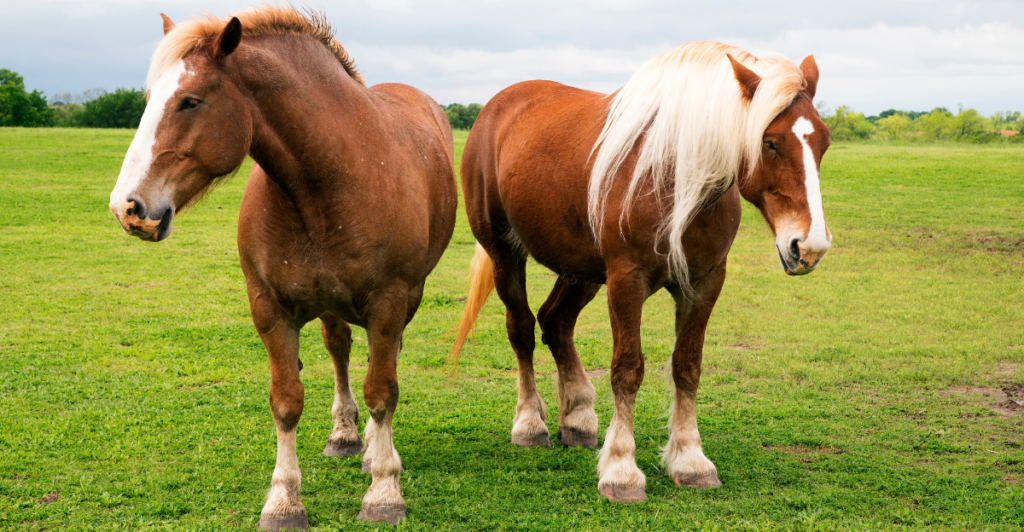
No list of giant horse breeds is complete without the Belgian Draft. Originally bred for farmwork in Belgium, these towering horses are among the strongest in the world, capable of pulling immense weights. Today, they’re stars of pulling contests and eco-friendly farming.
Their calm, cooperative demeanor makes them appealing for beginners—but that appeal can be misleading. Belgians need structured care, including diets rich in protein and constant exercise to prevent weight-related complications. At over 900 kg (2,000 lbs), managing them physically can be overwhelming without proper facilities and support.
Their resurgence is exciting for sustainable agriculture advocates, but their wellbeing hinges on breeders and owners understanding the full scope of what these giants truly require to stay healthy and safe.
Ardennes—The Ancient Powerhouses

One of the oldest known draft breeds, the Ardennes traces its roots to ancient Europe. Stocky and muscular, these horses were once prized for their reliability in war and agriculture. Today, they’re making a quiet comeback among small farmers and draft enthusiasts who appreciate their hardiness and calm demeanor.
Ardennes horses excel in pulling competitions and are valued for their resilience in rough terrain. However, their return has been met with caution. Their size and strength mean they’re not suitable for every handler.
Without careful feeding and joint monitoring, these horses are prone to health problems that can quickly escalate. Preserving this ancient breed requires a delicate balance of reverence for history and a practical understanding of modern equine care.
Suffolk Punch—Rare, Resilient, and Rising
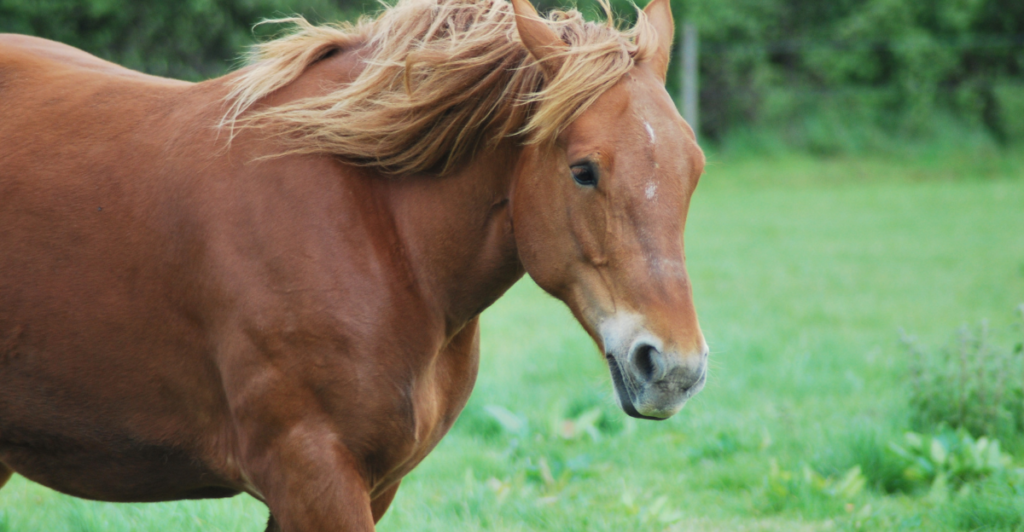
The Suffolk Punch is England’s oldest native draft horse, instantly recognizable by its deep chestnut coat and powerful build. These horses were once staples on farms but declined dramatically with mechanization.
Now, with only a few hundred left worldwide, this breed is inching back from the brink. Compact by draft standards yet incredibly strong, Suffolks are ideal for farming, logging, and carriage driving. Their even temperaments make them a joy to work with, but their rarity poses challenges. Limited gene pools mean careful breeding is essential to avoid inbreeding and maintain health.
Suffolk Punch enthusiasts are fighting to preserve this living piece of agricultural history, but success depends on increasing awareness—and resources—for its conservation before it’s too late.
Norwegian Fjords—Small but Mighty
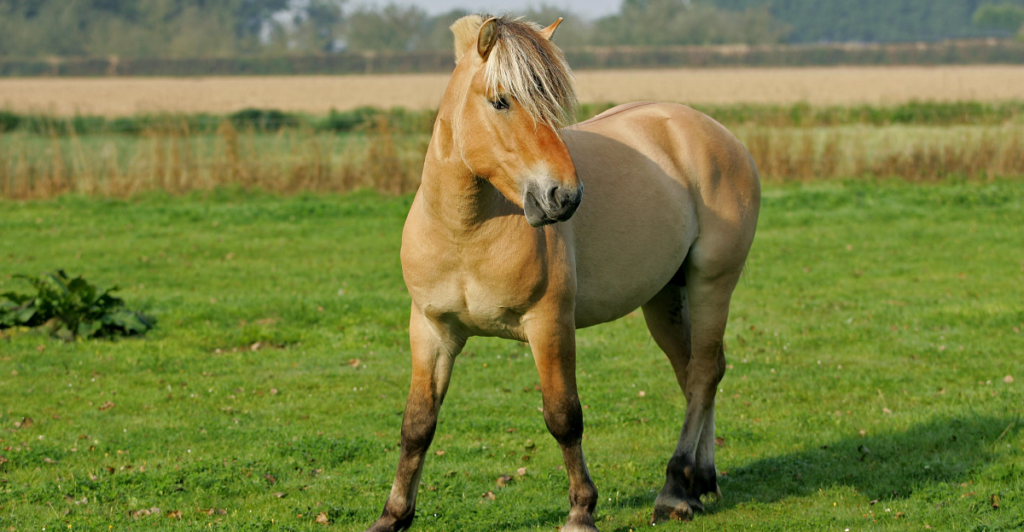
Don’t let their size fool you—Norwegian Fjord horses pack serious strength into their compact frames. These hardy horses were bred to navigate Norway’s rugged terrain, pulling plows and carts with unwavering stamina.
With their unique dun coloring and distinctive dark stripe down the back, Fjords are instantly recognizable. Their gentle disposition and size make them ideal for beginner riders and therapeutic programs. But as their popularity spreads, experts urge buyers not to confuse smaller stature with low maintenance.
Fjords still require expert hoof care, regular conditioning, and appropriate feed for their powerful musculature. As more people discover their versatility and charm, it’s crucial to match each Fjord with owners who respect the breed’s unique history and needs.
American Cream Drafts—A Homegrown Rarity
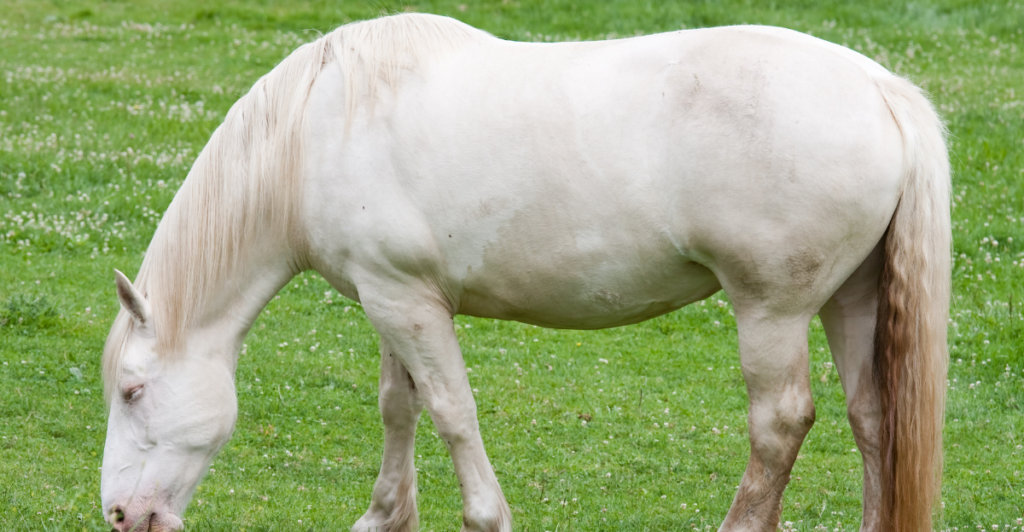
Born in the American Midwest, the American Cream Draft is the only draft breed developed in the U.S. Their cream-colored coats, pink skin, and amber eyes give them a ghostly elegance, but they’re anything but fragile. These horses are muscular, dependable, and surprisingly gentle, making them excellent for harness work and leisure driving.
However, with fewer than 500 left, they remain critically endangered. Their comeback is a slow, uphill battle. Breeders are working to expand numbers while preserving the distinct genetic traits that define the breed.
Given their rarity, they require careful lineage tracking and knowledgeable handling. Reviving this American original is as much about cultural pride as it is about maintaining genetic diversity in the world of draft horses.
Vladimir Heavy Drafts—Russia’s Cold-Weather Workhorses
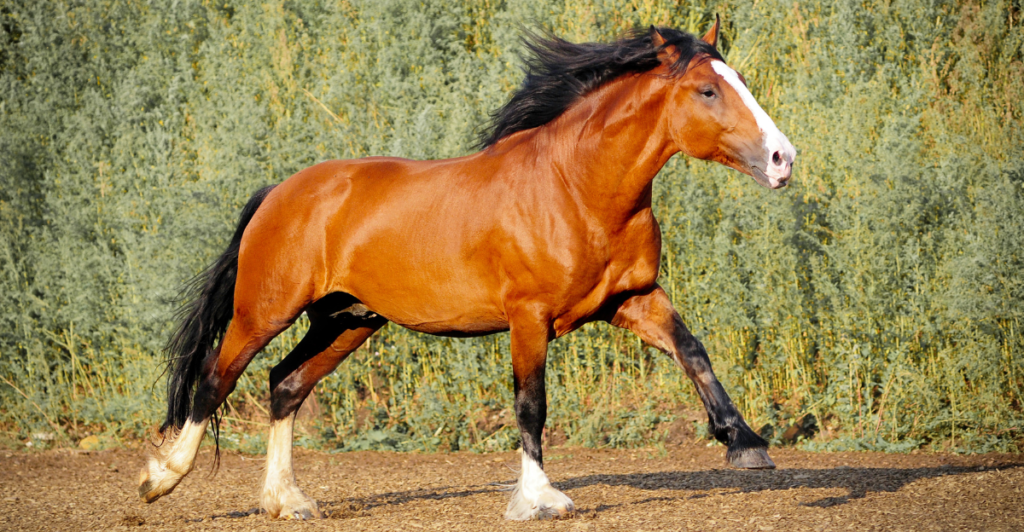
Developed in the Soviet era, Vladimir Heavy Drafts are rugged, cold-hardy giants built for strength and stamina. These Russian horses were designed to thrive in tough climates, pulling heavy loads across long distances. With broad chests and thick legs, they can handle tasks that would challenge most lighter breeds.
In recent years, Vladimir Drafts have seen renewed interest across Eastern Europe, especially in logging and farming. But as with all heavy breeds, their sheer size creates care complexities. They need consistent joint support, caloric intake, and proper training to prevent injury.
Bringing them into modern settings requires commitment—and caution. Their revival highlights the global nature of the draft horse renaissance and the challenges of adapting these giants to today’s standards of welfare.
Draft Crosses—Modern Hybrids on the Rise
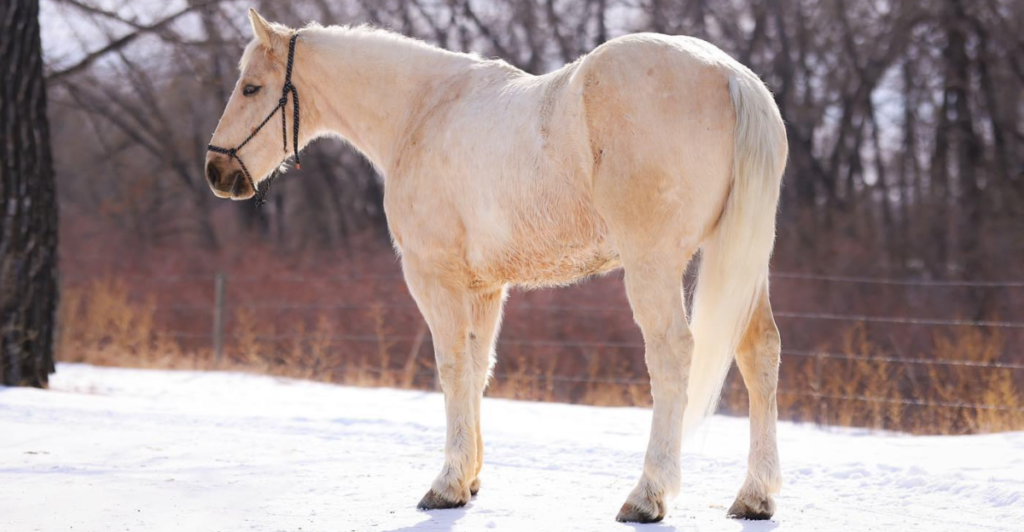
Blending the strength of draft horses with the agility of lighter breeds, draft crossbreeds are redefining what working horses can be. These hybrids are increasingly popular for everything from trail riding to eventing and even mounted patrols.
Known for their level heads and athletic builds, they often offer the best of both worlds. But with popularity comes risk. Poor breeding practices can result in animals with unpredictable temperaments or conformation flaws. Ensuring genetic health and structural soundness takes planning, skill, and transparency.
Still, when bred responsibly, draft crosses can be versatile, manageable giants—fit for a variety of modern roles. Their rise reflects a shift toward functionality and adaptability in equine breeding, offering a promising future for horse lovers looking beyond tradition.
The Hidden Risks Behind the Revival
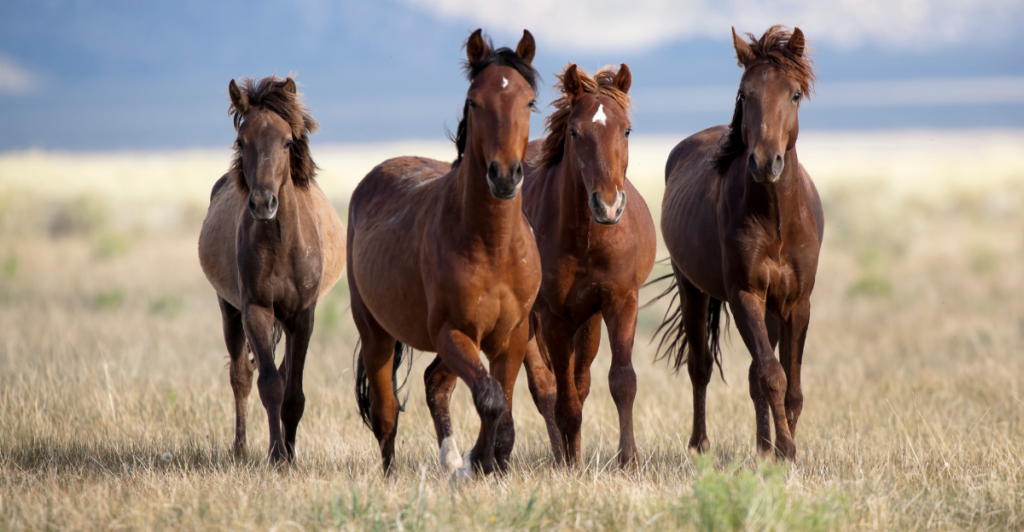
Bringing back giant horse breeds isn’t just about nostalgia—it comes with real-world consequences. These animals require large amounts of food, water, and space. Improper handling or housing can lead to joint deterioration, weight issues, and even injury to handlers.
Veterinary care for such large bodies is expensive and specialized. There’s also concern about overbreeding for show rather than soundness, risking the long-term health of entire lines. While many owners are passionate, not all are prepared.
Experts stress the need for education and responsible ownership to ensure these animals are treated ethically and sustainably. As more people fall in love with these gentle giants, it’s critical to ask: are we reviving them for the right reasons—or simply for show?
Why These Horses Deserve a Future
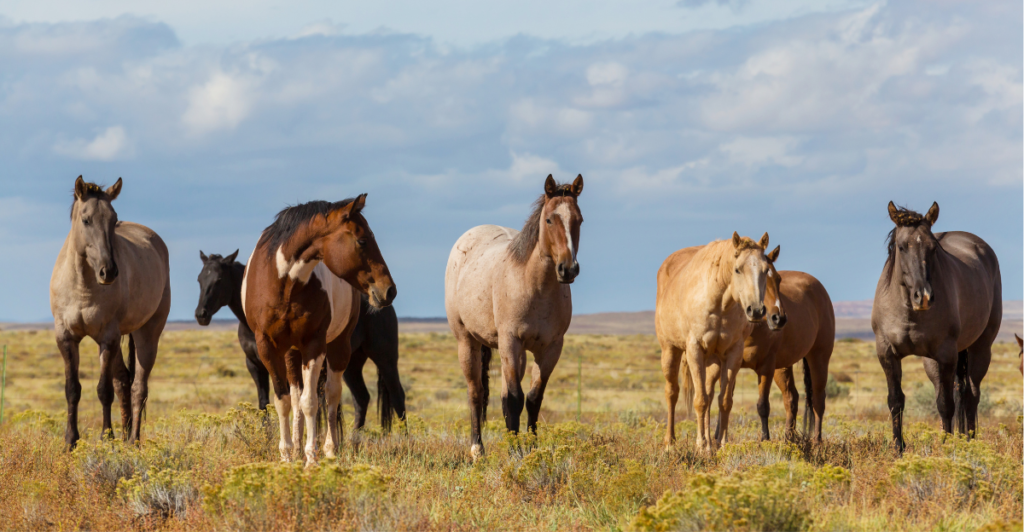
Despite the hurdles, the effort to preserve giant horse breeds is rooted in something bigger than admiration—it’s about legacy, biodiversity, and the deep human connection to working animals. These horses once helped build nations, plowed fields, and fought in wars.
Letting them fade away would mean losing a vital piece of agricultural and cultural history. Fortunately, a growing network of breeders, farmers, and horse lovers is stepping up, guided by passion and responsibility. They’re ensuring that giants like the Shire, Belgian, and Suffolk Punch aren’t just remembered but actively preserved.
With thoughtful care and respect, these breeds can thrive again—not as relics, but as living symbols of resilience and beauty in the modern world.
Explore more of our trending stories and hit Follow to keep them coming to your feed!

Don’t miss out on more stories like this! Hit the Follow button at the top of this article to stay updated with the latest news. Share your thoughts in the comments—we’d love to hear from you!







